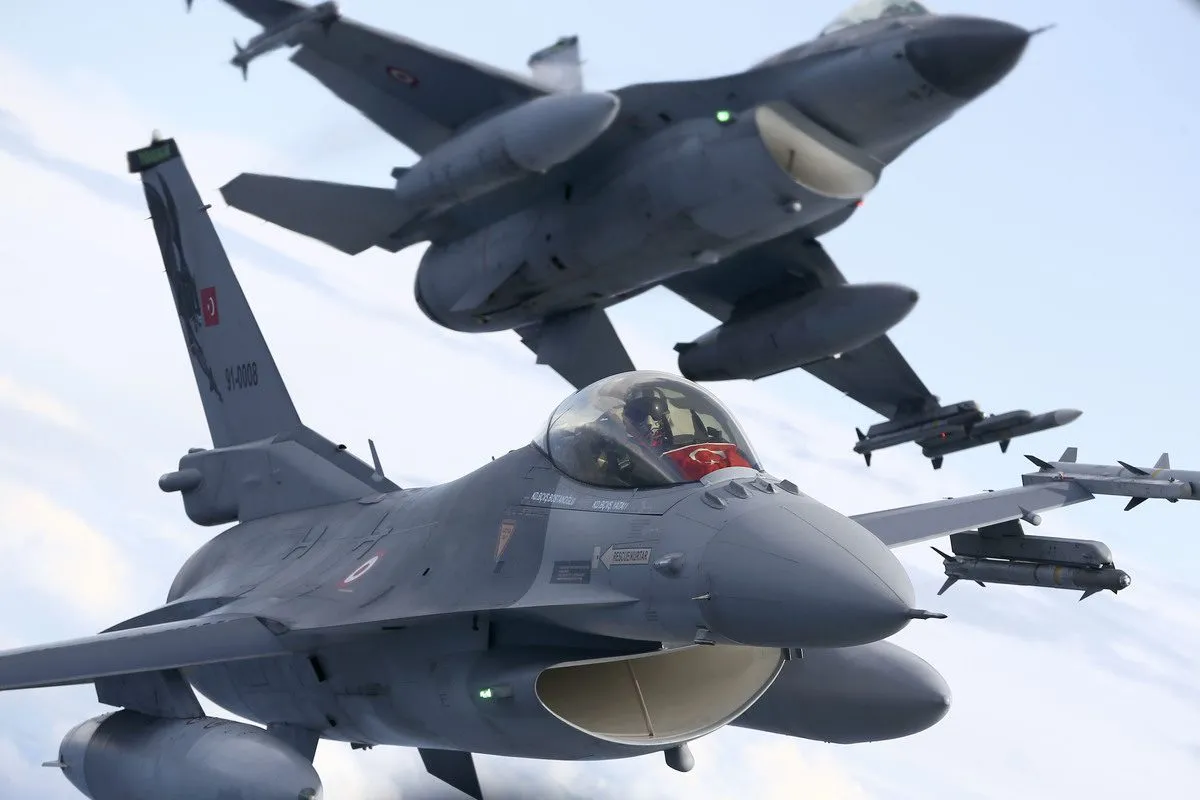
Turkey’s success against Syrian regime armor during its ‘Operation Spring Shield’ in February can be attributed to the effective use of electronic warfare (EW) and the deployment of lightly-armed drones that crippled tanks, armored cars and air defence systems.
“We can say that the Spring Shield was a battle between ASELSAN-produced KORAL and the Russian REDET EW systems besides counter EW elements located in Hmeymin Air Base and Idlib,” Hakan Kılıç, a military aviation and defense industry researcher and author, was quoted as saying by Ankara based Daily Sabah newspaper.
The Turkish systems blinded the regime system’s radars, along with paralyzing the communication / radar network of Assad who did not have a fiber optic communication network in the region, he added. The Idlib operation has shown that when the air defense and EW systems are deactivated, even 50-ton tanks are helpless against lightweight ammunition.
“The MAM-L mini smart ammunition used by drones may not have dismantled the tank with its small warhead, like a guided anti-tank missile, but it has rendered dozens of tanks irreparable, neutralizing hundreds of infantry using many armored vehicles and SAM systems,” the expert stressed.
“Both drones can endure EW threats. Anka-S’ ability to attack from a very high altitude and TB-2s’ small radar cross-section (RCS) value helped us win against vulnerable Syrian tanks,” he explained.
